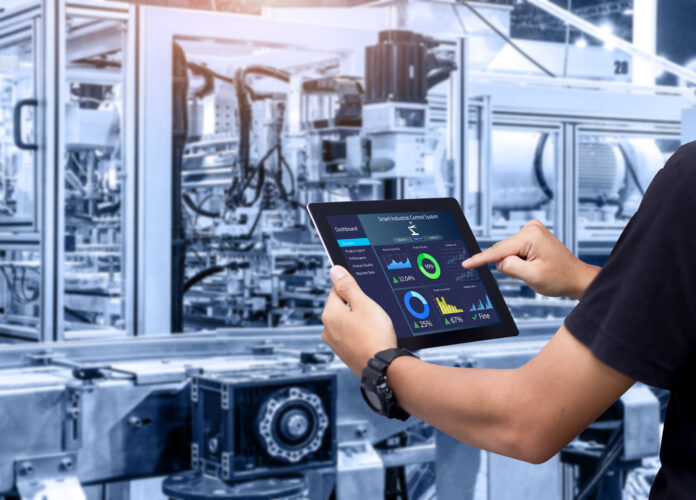With an ever-increasing volume of jobs being replaced by automation, robotics, and AI, we are rapidly moving into the postmodern era, therefore we need to represent what is the most worthwhile work. Many businesses operate automatically, while many others use control systems like robots, computers, and different technologies to execute their routine tasks efficiently, making the work of humans easier. In response to the growing market, new technology has been introduced known as robotic process automation (RPA). Nevertheless, is RPA the same as traditional automation? In what ways are they different? Let’s define Robotics and Automation first.
What Is Automation?
The term “automation” is used to describe the use of PCs, machines, and other innovations to implement a task that would otherwise be performed by an employee. There are many types of robotization, ranging from the fully mechanical to the completely virtual, and from the extremely easy to the incredibly complex. There are two main types of automation: software automation and industrial automation.
Software Automation
If you’re reading anything about automation online, it’s probably related to programming automation. The PC software is customized to complete work according to a set of rules, following the same logic as the people who use PC programs. Software automation can be broken down into the following types
- Business Process Automation (BPA)
- Robotic Process Automation (RPA)
- Intelligent Process Automation(IPA)
Industrial Automation
Automating industrial processes involves controlling and supervising physical procedures. Robotics refers to automating processes within an industry using physical machines and control frameworks. Amazon, for example, has a fully autonomous factory.
What Is Robotics?
Automatism includes robotics. It involves designing, construction, and operating of robots, and robots are utilized as a method to automate a physical process or procedure. Collaboration robots are intended to complete the task in exactly the same way an individual would. Mechanical robots, in general, perform the task more proficiently than humans. Innovations in robotics are among the most well-developed and progressing. Mechanical frameworks with electronic sensors coupled with a combination of control greatly enhance their performance and adaptability.
Difference between automation and robotic process automation
Traditional automation techniques are different from robotic process automation. We may compare them based on a variety of parameters.
Functional Layer: Robots perform a variety of tasks for different users via robotic process automation. When robots have completed their learning stages, a decision can be made to perform activities, unlike traditional automation techniques, which do not mimic a user’s activity, but rather execute the programming instructions provided by them.
Programming Layer: There is no programming required to automate any application when using RPA. Automating is rather straightforward as creating a flowchart, or diagram, but users are required to learn how automation works. Nevertheless, traditional automation strategies require users to be competent programmers if they want to automate the functionalities; the level of programming expertise may differ depending on the particular tools they choose to use.
User Knowledge: Robotic process automation users must have a strong knowledge of the process and the domain. However, the creation of the content and the definition of the process do not have separate methods. It is the responsibility of the business analyst to execute various RPA functionalities. While conventional automation methods require the tester or user to possess domain knowledge about the functionality being tested. This method typically involves the manual testers defining scenarios and the automation tester creating content based on those scenarios.
Primary Use: Using RPA software, the various business processes or functionality can be automated. In general, RPA is capable of automating web, desktop, mobile, and mainframe applications. Though RPA is not a testing tool, it may be adapted to this function in the future. By contrast, it is possible to automate a specific web-based application or a desktop application with conventional automation.
Execution Time and Scalability: In RPA, it is possible to allocate the work to a number of virtual machines, any of the machines can carry out the particular assigned task to it. Different programming techniques are often employed in traditional automation techniques to accomplish scalability or parallel execution. It is essential to have a physical machine that is capable of running parallel tasks.
Conclusion
Robotics and Automation — When RPA is compared to traditional automation techniques, it finds to be a quick, inexpensive, and highly effective way of automating business processes. Unlike traditional methods, RPA can be implemented in a few weeks, rather than several months. Therefore, businesses decide the solution they have to use based on the requirements.









































